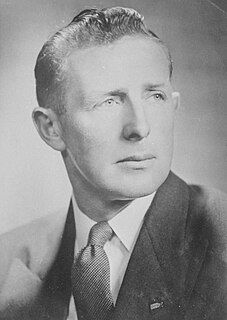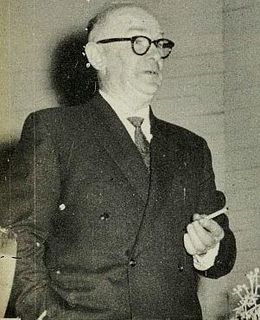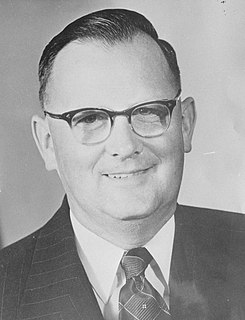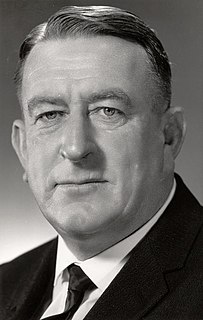Related Research Articles

The 1978 New Zealand general election was a nationwide vote to elect the 39th New Zealand Parliament. It saw the governing National Party, led by Robert Muldoon, retain office, but the opposition Labour Party won the largest share of the vote. Reorganisation of the enrolment system caused major problems with the electoral rolls, which left a legacy of unreliable information about voting levels in this election.

John Bernard O'Brien was a political candidate and party leader of Social Credit in New Zealand.

The 1893 New Zealand general election was held on 28 November and 20 December in the European and Māori electorates, respectively, to elect 74 MPs to the 12th session of the New Zealand Parliament. The election was won by the Liberal Party, and Richard Seddon became Prime Minister.

Frederick Pirani was a New Zealand politician. He was Member of the House of Representatives for Palmerston from 1893 to 1902, first as a Liberal, then as an Independent. He was part of the Liberal Party's "left" (radical) wing.

George Warren Russell was a New Zealand politician from Christchurch. He served as Minister of Internal Affairs and Minister of Public Health in the wartime National government, and was responsible for the New Zealand government's response to the 1918 influenza epidemic.

Charles John Johnston was the Mayor of Wellington, New Zealand in 1890, the Jubilee year. He was Speaker of the Legislative Council for the last three years of his life.
Clutha was a New Zealand parliamentary electorate from 1866 to 1996.
Riccarton is a former New Zealand parliamentary electorate. It existed from 1893 to 1978, and was represented by eight Members of Parliament.
Avon is a former New Zealand parliamentary electorate. It was created for the 1861 general election and existed until 1996. It was represented by 13 Members of Parliament and was held by Independents, Liberal Party or Labour Party representatives.
Northern Maori was one of New Zealand's four original parliamentary Māori electorates established in 1868, along with Eastern Maori, Western Maori and Southern Maori. In 1996, with the introduction of MMP, the Maori electorates were updated, and Northern Maori was replaced with the Te Tai Tokerau electorate.
Hutt was a New Zealand parliamentary electorate. It was one of the original electorates in 1853 and existed during two periods until 1978. It was represented by 13 Members of Parliament.

Wilfrid Barry Owen was a New Zealand politician and the first leader (1953–1958) of New Zealand's Social Credit Party.

Pressly Hemingway Matthews was a New Zealand politician and the second leader (1960–1962) of New Zealand's Social Credit Party.

Elections were held in the Australian state of Queensland on 3 August 1957 to elect the 75 members of the state's Legislative Assembly. The major parties contesting the election were the Queensland Labor Party led by Premier Vince Gair, the Labor Party led by former Deputy Premier Jack Duggan, and the Country-Liberal coalition led by Frank Nicklin.
The 1954 Patea by election was held on 31 July during the 30th New Zealand Parliament, and was caused by the resignation of incumbent National MP, William Sheat.

The Hutt by-election of 1968 was a by-election for the electorate of Hutt on 3 August 1968 during the 35th New Zealand Parliament.

The Fendalton by-election of 1967 was a by-election for the electorate of Fendalton on 15 April 1967 during the 35th New Zealand Parliament.

The Hamilton by-election 1959 was a by-election held in the Hamilton electorate in Hamilton in the Waikato during the term of the 32nd New Zealand Parliament, on 2 May 1959.

The Bay of Plenty by-election 1957 was a by-election held in the Bay of Plenty electorate in the Bay of Plenty during the term of the 31st New Zealand Parliament on 6 April 1957.

The Riccarton by-election 1956 was a by-election held in the Riccarton electorate in Christchurch during the term of the 31st New Zealand Parliament following the death of the Labour Party incumbent. The by-election, held on 27 October 1956, was won by Mick Connelly, also of the Labour Party.
References
- Norton, Clifford (1988). New Zealand parliamentary election results, 1946–1987. Wellington: Victoria University of Wellington Department of Political Science. ISBN 0-475-11200-8.